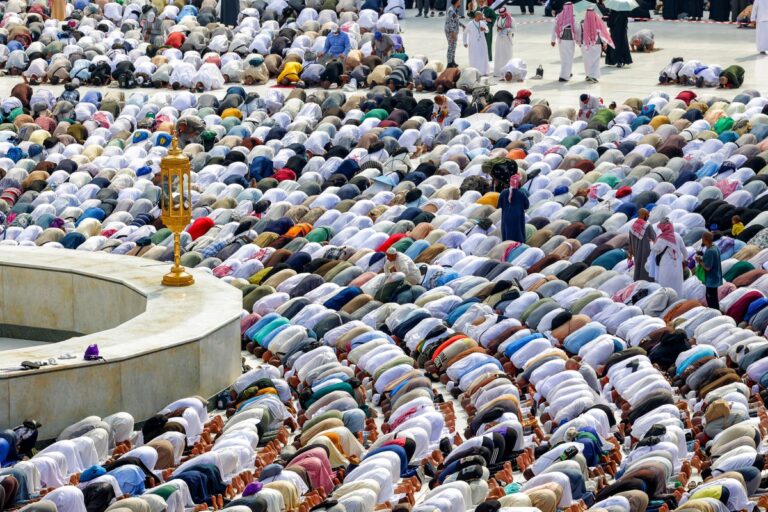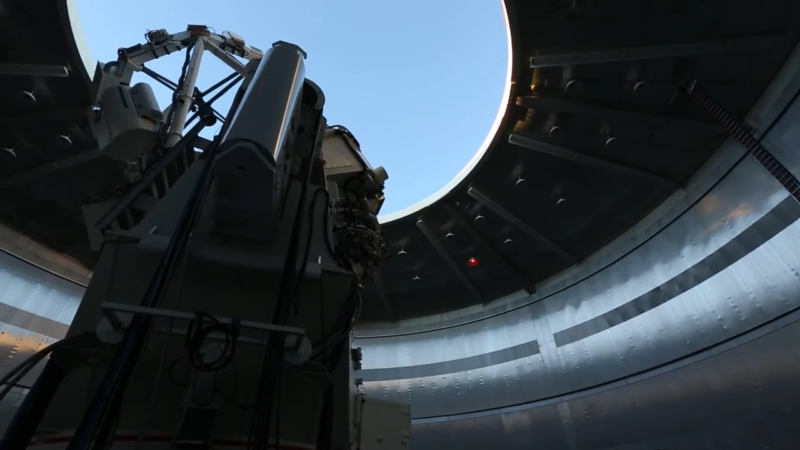It was a tense day on the island of Maui as local policymakers debated an important issue impacting their community. At their regular meeting on Wednesday, the County Council discussed a proposal from the U.S. military to construct advanced telescopes atop the dormant Haleakala volcano
The U.S. Space Force and Air Force plan to construct a new facility on Haleakala, Maui’s highest peak, to monitor space objects.
After hours of deliberation, the Maui County Council came to a consensus on the telescope matter – though not one easily reached. With each member weighing their duty to all constituents, they cast their votes knowing full well the deep significance of this decision. In the end, unity prevailed as the resolution opposing any construction atop Haleakala summit passed 9 to 0.
Their statement acknowledged what the mountain means to the community – a place of worship, tradition and spiritual communion for generations who make pilgrimages to feel closer to those who came before.
“Haleakala is more than just a mountain; the summit is considered wao akua, or ‘realm of the gods,’ and continues to be a place of deep spirituality for Native Hawaiians to engage in some of these traditional practices.” @AP ‘s @audreymcavoy reports: https://t.co/7eQoH2rnj4
— Deepa Bharath (@reporterdeepa) June 6, 2024
“Haleakala is more than just a mountain; the summit is considered wao akua, or ‘realm of the gods,’ and continues to be a place of deep spirituality for Native Hawaiians to engage in traditional practices,” the resolution stated.
The resolution also noted that the Space Force has yet to clean up a 700-gallon diesel fuel spill from one of its existing Haleakala telescopes. The spill occurred last year when a backup generator pump malfunctioned during a lightning storm.
The proposed new facility, called AMOS STAR (Air Force Maui Optical and Supercomputing Site Small Telescope Advanced Research), would include six telescopes in ground-mounted domes and one rooftop-mounted domed telescope.

With the contentious vote behind them, the Council members turned their efforts towards ensuring the voice of the people was heard at higher levels of government. Their resolution respectfully but firmly urged the military to redirect resources away from Haleakala and consider alternative locations less encumbered by cultural sensitivities.
Additionally, the officials appealed to their state and federal partners to honor the community’s position by rejecting permit applications that could damage what is so reverently cherished about the landscape.
Haleakala’s peak offers some of the world’s best conditions for space observation due to its clear skies and dry air, similar to Mauna Kea on the Big Island, which hosts around a dozen telescopes.
Haleakala, standing at 10,023 feet (3,055 meters), already houses multiple University of Hawaii observatories and the Maui Space Surveillance Complex. Despite protests in 2017, the Daniel K. Inouye Solar Telescope was completed and released its first images in 2020.
Meanwhile, the Thirty Meter Telescope (TMT) project on Mauna Kea has faced massive protests since 2019 and is currently paused as planners seek National Science Foundation funding.









